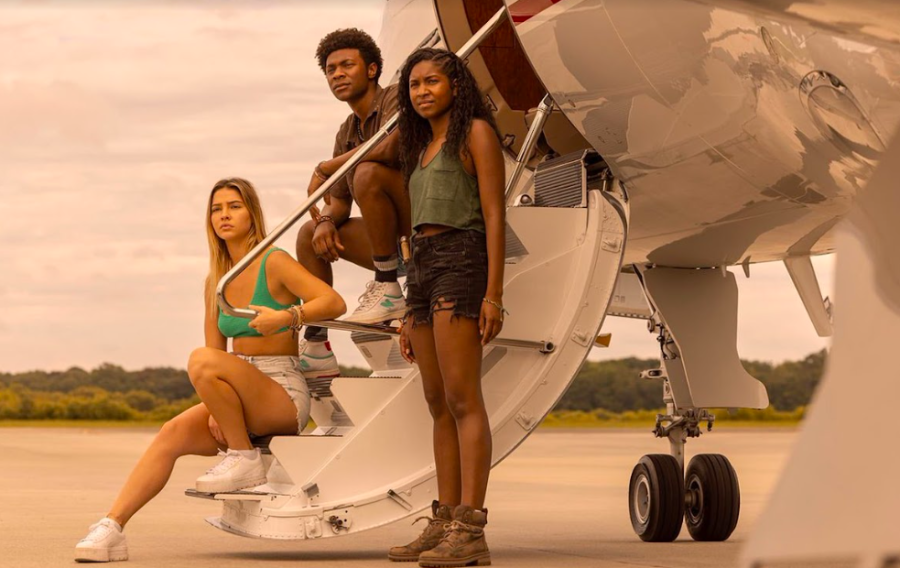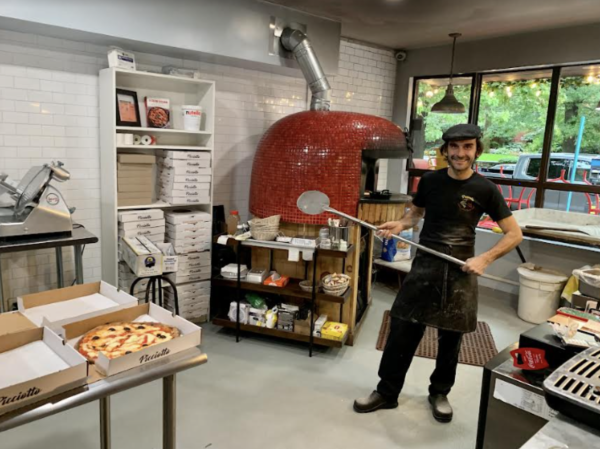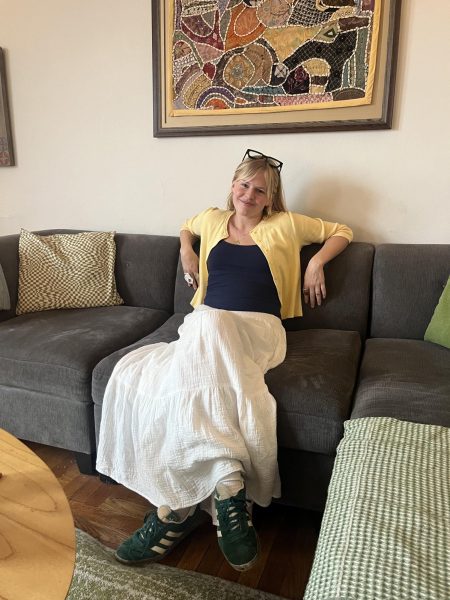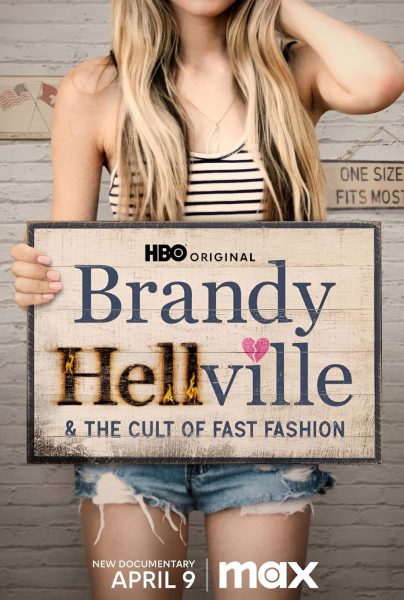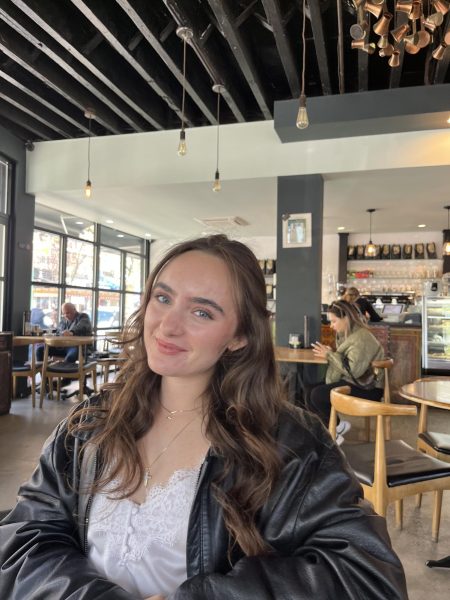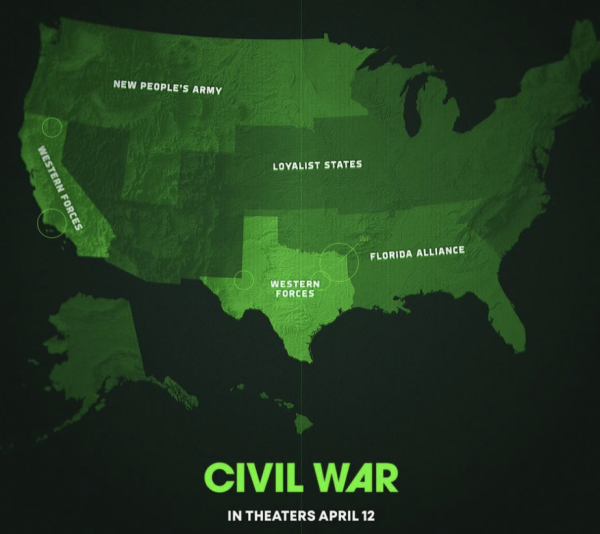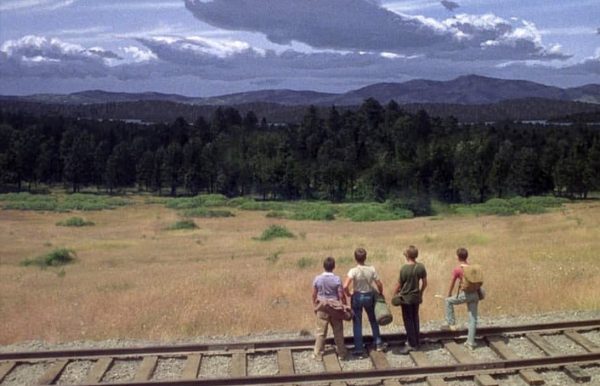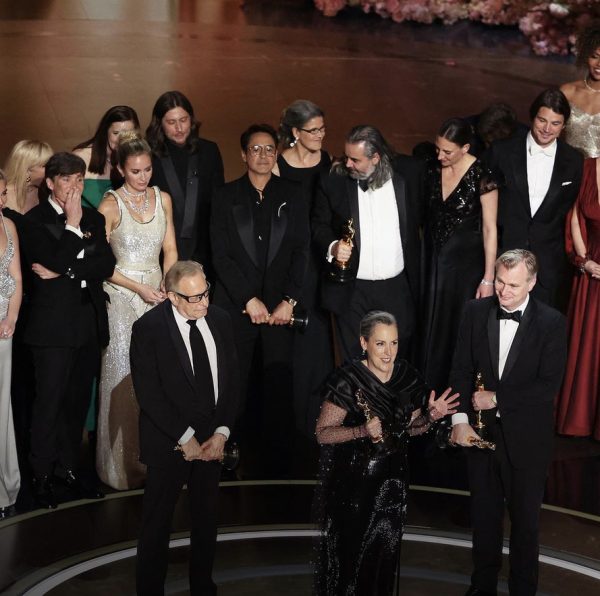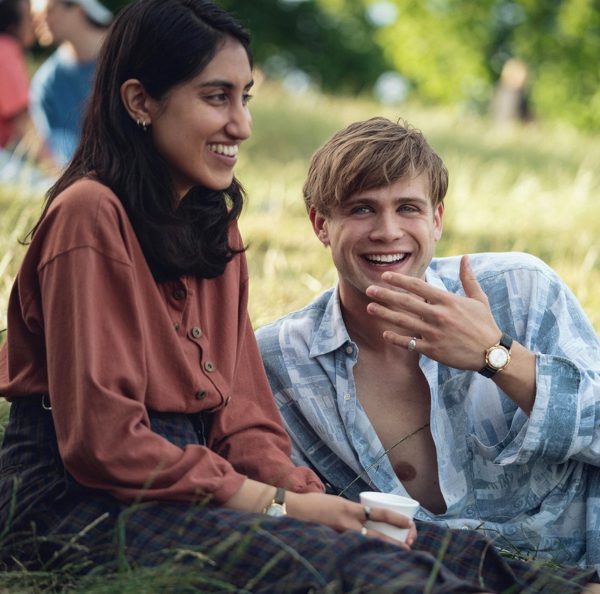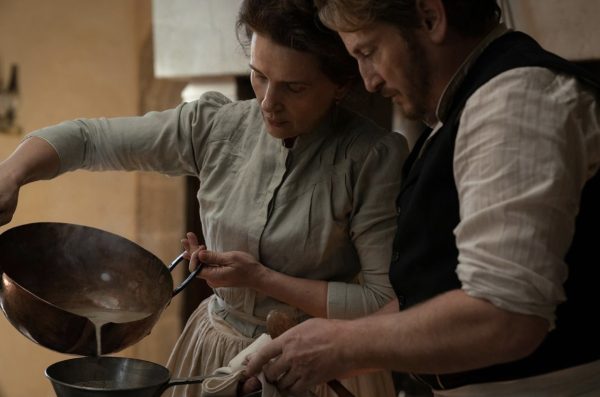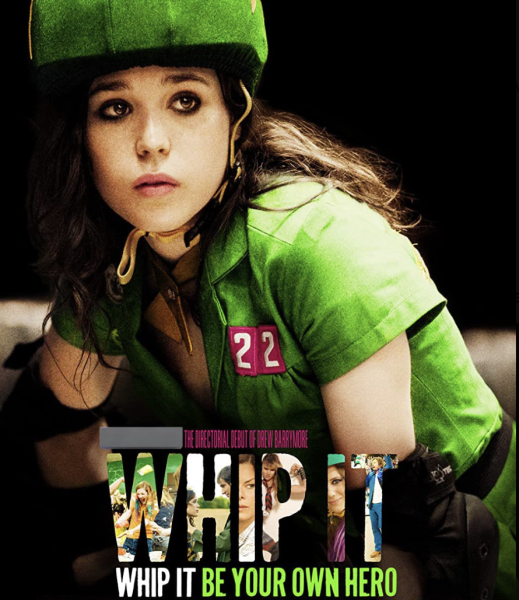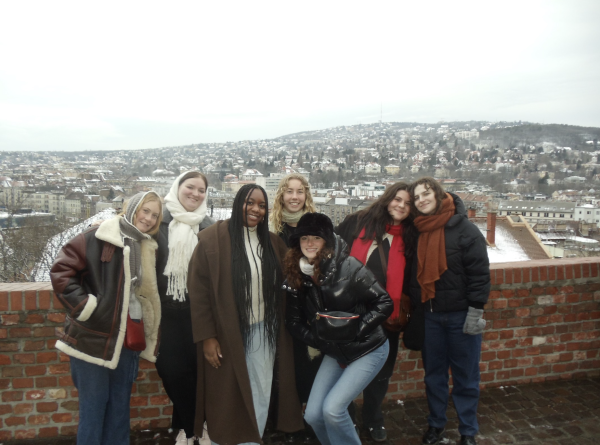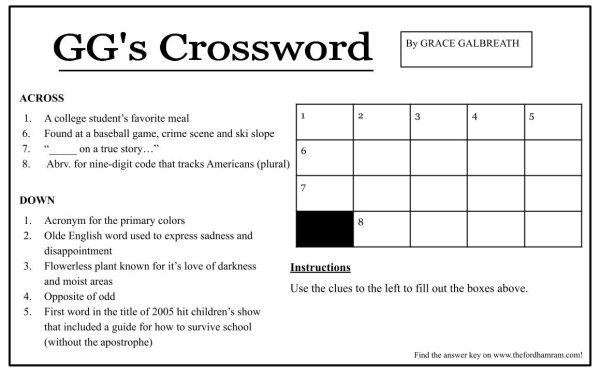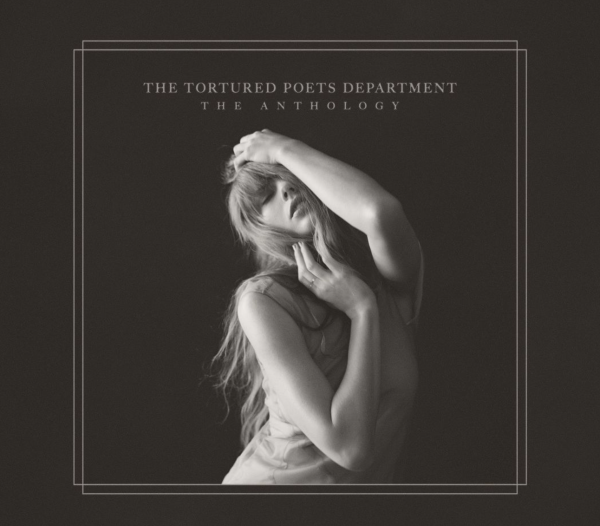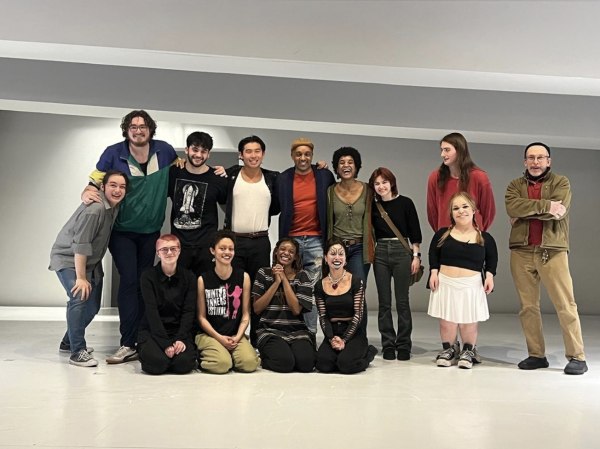“Outer Banks” Fans Just Wanna Have Fun
The third season of “Outer Banks” is bigger than ever, but definitely not better. (Courtesy of Twitter)
Purely satisfying entertainment: that’s one thing “Outer Banks” season three totally gets right. As a wholehearted lover of every teen drama that evokes visceral levels of painful cliches, I’d like to believe I was the first person waiting for the clock to strike 3 a.m. on its release night — who am I to deny myself my favorite guilty pleasure? But, as the credits rolled after the finale, while the teenage girl that still exists inside my 20-year-old self was giggling with excitement, the television minor in me was, unfortunately, a little disappointed and underwhelmed.
Because I do love the show, let’s quickly review some of the positives. The treasure hunt this season was bigger and better and definitely as exhilarating as the first two. The actors’ chemistry was also better than ever; not once did I feel like their performances were cringeworthy. Although minorly spoiled in the trailer, this season’s romances had me kicking my feet and twirling my hair — they’re just so freaking cute. Season three slightly lacked the “invincible teen summer” charm that defined the first season, but this is a natural result of the season’s higher “El Dorado” stakes. If “Outer Banks” season one felt like you were coasting in the sun on the A-side of The Backseat Lovers’ “When We Were Friends,” in season three, you’re sprinting on the B-side. I wasn’t disappointed like other fans on social media; I welcomed this change of pace with open arms.
That being said, I take issue with this season’s rushed character development, cramming two trilogies in a projected six-season series. The writers didn’t develop the second season’s most intriguing characters, concluding their arcs in unconvincing ways.
Two characters fall victim to this fate: Rafe Cameron (Drew Starkey) and his father Ward Cameron (Charles Esten). The father-and-son duo are the big bads in the series, with Ward seemingly the greater threat. The second season makes the viewers fully aware of Rafe’s deep-seated psychological issues as we helplessly witness his terrifying devolution that occasionally surpasses the sociopathic tendencies of his father. Rafe’s stepmother even suggests that Rafe needs professional help. But in the third season, Rafe is the epitome of calm, cool and collected. Arguably, the final step in Rafe’s devolution is to act like his manipulative father, but we’re not shown this turning point; we’re only given the unsatisfactory explanation that he’s finally stepping into Ward’s shoes and doesn’t need his father’s approval anymore. Rafe’s character change from hot-headed cocaine addict is unbelievable. Similarly, Ward has a weakly-developed change of heart. This is far from refreshing; in the second season, Ward became an even greedier capitalist leech, stopping at nothing to get the gold. I’m not a fan of Ward’s stereotypical character arc done for the sake of a nicely-wrapped trilogy ending.
The moral shades of gray that may actually be my favorite part of the season belong to Big John (Charles Halford), the father of John B (Chase Stokes). We discover that Big John is alive in the season two finale, and his reunion with John B is one of season three’s highlights, albeit somewhat spoiled in the trailer. The writers subvert our expectations about Big John; we didn’t think we’d hate him, but we do. Based on fans’ reactions online, I am perhaps the only person that enjoyed Big John’s character; his actions raise interesting questions about selfishness, trauma and the effects of the exploitation of the working class — at least, as much as a soapy teen drama can do.
The season is marked by some odd cinematic choices. Most notable is a subtle yet disconcerting change in camera movement. Picture the handheld, shaky, sudden zoom that defines the humor of sitcoms like “The Office.” This season’s first few episodes had zooms reminiscent of this style, though less pronounced. I found myself waiting for a joke or expecting some visual punchline. But this camera movement was completely inappropriate, occurring at some of the most life-or-death moments of the entire season. I love pushing the boundaries when it elevates the meaning, but this was just flat-out weird. At best, this choice was jarring; at worst, it reflects an overarching confusion within the season and plot as a whole that further breaks the continuity of standards set by the previous two seasons.
Speaking of continuity, this season suffered from noticeable editing flaws. Faces of stunt doubles are front and center in a couple scenes. Also, John B’s Volkswagen windshield is broken throughout the season, but in some high-speed chase scenes, the camera inaccurately shows this windshield as intact. Though these issues are only visible for a few seconds, once you notice them, they completely take the viewer out of the world of the show. I would have rather waited a few extra weeks for editing than to be reminded that I’m not actually riding in the Twinkie with the Pogues.
Does all of this mean I’m any less of a fan? Absolutely not. I’ve begun rewatching the series for the third time, and my saved TikTok collection of fan edits is at 90 and counting. Despite all of the season’s plot failures and cinematic flaws, the season ultimately fulfills its promise to be one of the most gratifyingly-entertaining shows on Netflix — you’ll definitely catch me waiting again at 2:59 a.m. on the night of the season four release.
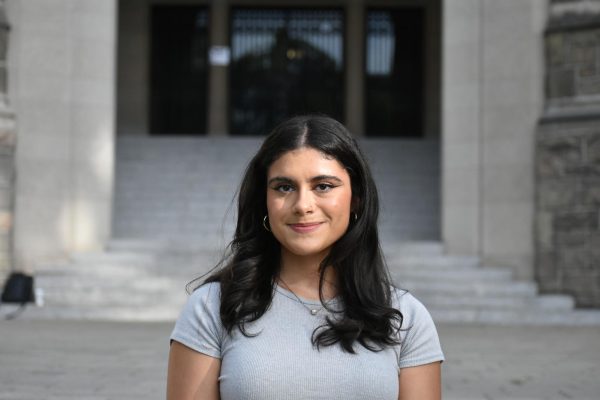
Sophia Forlenza is a senior from Brookfield, Conn. She is majoring in digital technologies and emerging media and minoring in television. She first joined...

